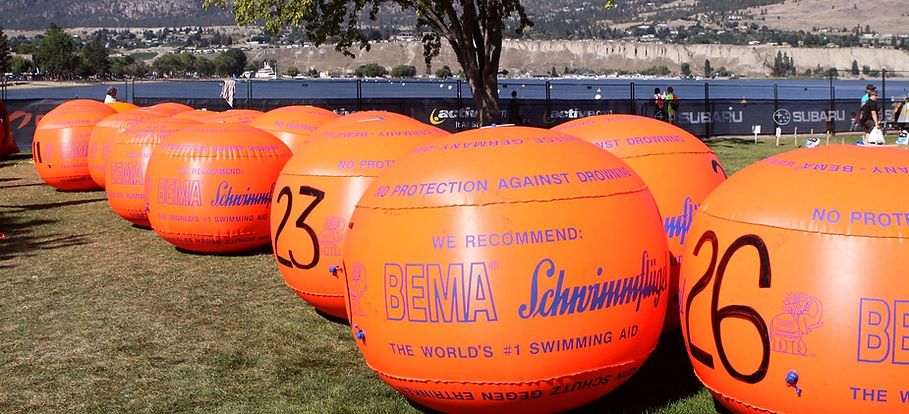
TRAINING
FAQ'S
FAQ'S
No, all training is virtual. We can communicate via email, text, conference call, video call, whatever is convenient.
Yes, the Foundation is set up with those guidelines.
The coaching is free and the race kit is complimentary. The race entry fee will be reimbursed after you complete the race and send us a photo for our gallery page. Your cost will be training apparel, equipment, and gym/pool membership.
You will need a bathing suit and goggles (maybe a cap), bike, helmet, bike shoes, bike shorts and top, running sneakers, running clothes, and a smart watch (with heart rate monitor). It varies based on the brands you select. If you borrow a bike that will save a significant amount of money (we recommend a bike fit). We estimate the cost to be about $1,000 to get involved, excluding the bicycle.
That depends on your current fitness level and what your goals are for the race. If you have a low fitness level we will start slow and build up. If you have a higher fitness level you could train 5 to 6 hours per week and have a certain time outcome that is important to you. That does not include getting to the pool or gym, warm up, or cool down.
It depends on your fitness level, the distance of the race, and your goals. Our main goal if for the athlete to have fun, to be safe, and not get injured. We would rather take our time then rush and have issues.
Yes, most definitely. We will assess your fitness and design a plan so you will first be able to handle base levels of exercise. Once that is achieved, we will move forward with a plan to get you in even better shape and start thinking about the appropriate race.
Yes, we require all athletes to get approval from their doctor (we will provide you with the form). We need a medical professional, that knows you, to certify that you can participate in all forms of training and racing.
The race kit is made by Santini, an Italian company that is well known in the triathlon and cycling industries. Currently Santini is a sponsor of USA Triathlon and makes kits for many Tour de France cycle teams.
Typically, there are cut off times for longer races but local shorter races are meant to be all inclusive and typically want to make sure athletes finish. We will check with the race director for your race to understand how the race is being operated in terms of timing.
You take off your wetsuit, having your Triathlon Over Cancer kit underneath, and put on helmet, bike shoes, and go out the bike exit. When the bike portion is finished you dismount before entering the transition area, return to your transition location and rack the bike, take off your helmet, put on your running shoes and head out the run exit. You might chose to wear socks and sunglasses (on the bike, run or both) as well as a hat on the run. We will work with you on this part of the race and you can practice this and decide how you want to accomplish the changing from swim to bike and bike to run. The
transition is a “set play” so you will know exactly what to do and have the right
equipment set up for the race.
Sure, we can help you with completing a duathlon.
That is a completely individual thing. There are Master swim sessions at many pools and there could be a coach and a number of swimmers at each workout. Some people like swimming with others, some do not. That is the same for biking and running. It depends on your schedule and can you be at the pool or at a bike or run meeting spot at a certain time?
There are actually two things for us. First, we do not want you to get hurt. If the body feels funny, you feel a slight stiffness in your shoulder while swimming, issue with knee while running you should immediately stop. Take time and understand your body and see if it was a one time issue or a more serious situation. The second thing is consistency. We want you to keep to your training schedule and remember, you get out what you put in. If you have to do some training and you just do not feel like it, that happens. We would suggest, you do the workout but if the effort is scheduled to be high that day, do not worry. Put in the time, be consistent, and realize you are not 100 percent every day of your life.
That depends on your current training status and your goals. We will create an individual plan for you that is based on workout time (biking and running) or distance (swimming). Some workouts are planned to be easy (80% of the time) and some are hard (20% of the time). We will develop the plan and work with you weekly to tweak the plan so you can be successful. This is not about having any athlete exhausted every day and losing interest. We want the whole experience to be fun and we will figure that out together as we progress through your training.
